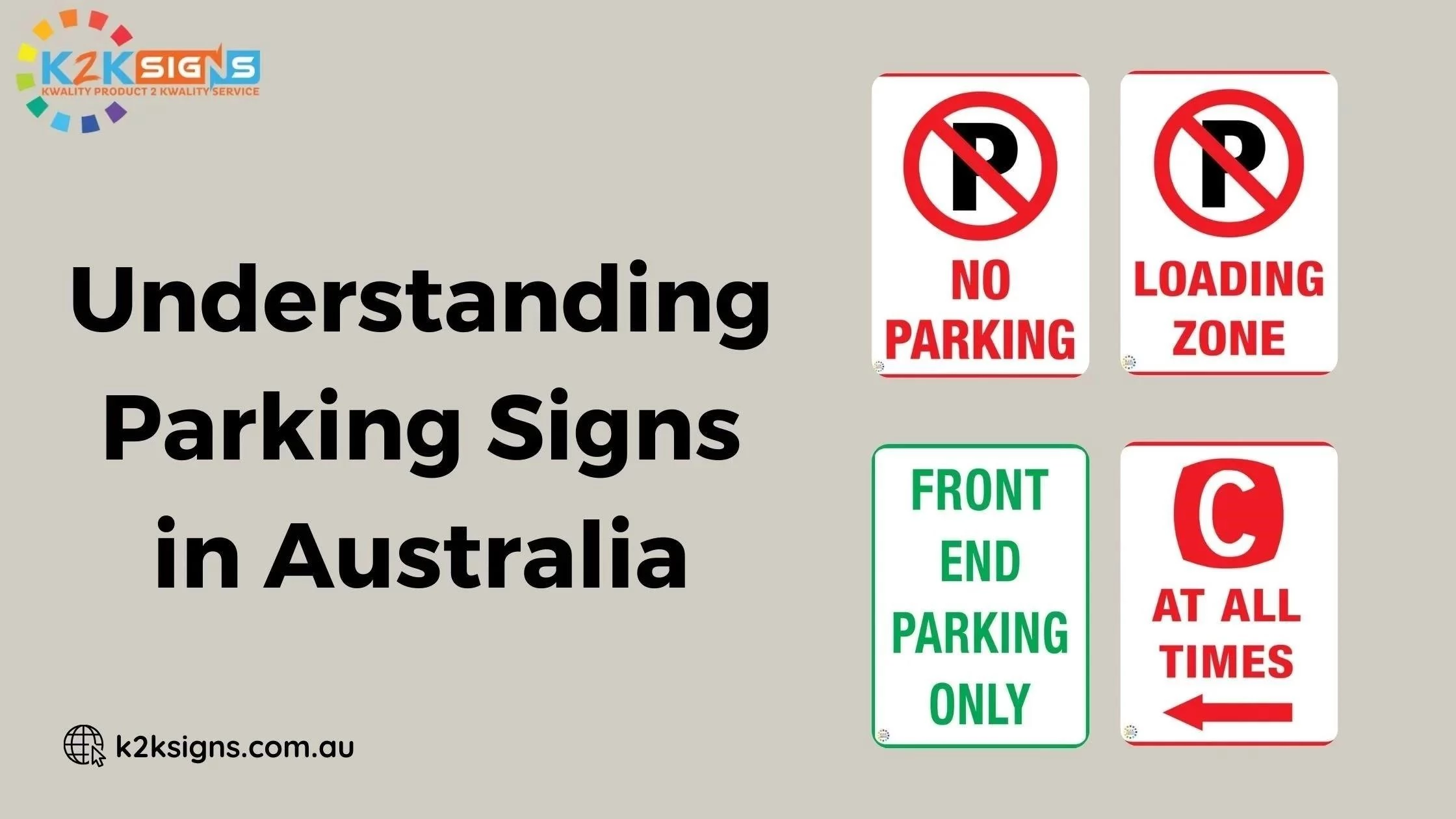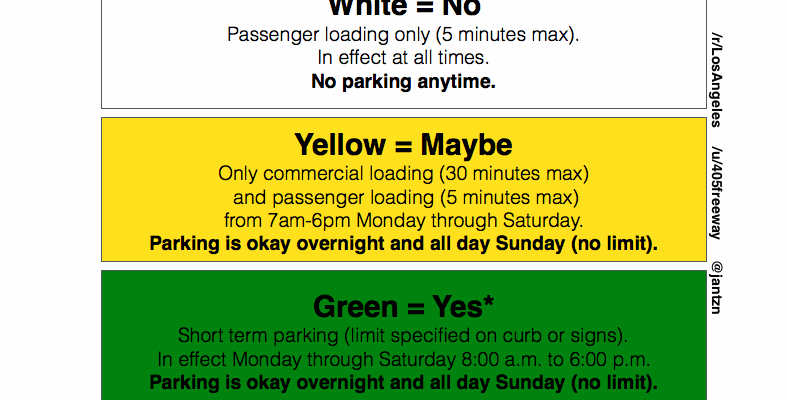In the bustling world of urban driving, few things are more frustrating than circling the block, hunting for that elusive parking spot. Amidst the concrete jungle, the colorful curb zones can be both a driver’s nemesis and savior. But what exactly does a red-painted curb signify in the spectrum of parking regulations? Let’s delve into the vibrant palette of curb markings and unravel the mystery behind the scarlet stripe.
The Basics of Curb Markings
Curb markings are essential tools in urban planning, designed to provide clear directives to drivers regarding parking regulations. Each color denotes specific rules, ensuring the smooth flow of traffic and access to essential services. While some colors may vary by state or municipality, their general meanings remain consistent across the United States.
The Meaning Behind the Red
Red is universally recognized as a signal for caution and prohibition. In the realm of parking regulations, a red-painted curb is no exception. This vibrant hue indicates a strict no stopping, standing, or parking zone at any time. Typically, these areas are reserved for emergency vehicles or are positioned in a way that ensures visibility and access to critical infrastructure.
Why Red Zones are Crucial
- Emergency Access: Red zones are often located near fire hydrants, intersections, or emergency exits, ensuring that first responders can access these areas without delay.
- Traffic Flow: Keeping certain zones clear aids in maintaining a seamless flow of traffic, reducing congestion and potential accidents.
- Safety: By prohibiting parking in these areas, municipalities minimize the risk of blocked sightlines, thereby enhancing safety for both drivers and pedestrians.
Consequences of Ignoring the Red
Ignoring a red curb is not only a breach of traffic regulations but can also lead to hefty fines and vehicle towing. The penalties vary by location, but the inconvenience and cost are universal deterrents. More importantly, obstructing these zones can have serious implications, especially in emergency scenarios.
Interpreting Other Colors
While red curbs are unequivocal, understanding other curb colors can enhance your parking prowess:
- Yellow: Usually indicates a loading zone where parking is restricted to short durations for loading or unloading.
- Blue: Designated for vehicles with disabled permits, ensuring accessibility for all.
- White: Typically signals a pick-up/drop-off area with limited stopping time.
- Green: Denotes time-limited parking, allowing for short-term stops.

Conclusion
Navigating urban parking can be a daunting task, but understanding the significance of curb colors, particularly the red-painted curb, is crucial for compliance and safety. These regulations are designed not only to facilitate order and efficiency but to protect the community at large. The next time you’re on the road, pay attention to the vibrant language of curb colors—they just might save you a ticket and ensure the safety of everyone around.


A well-written piece highlighting the significance of curb colors. The focus on traffic flow and safety in red zones is particularly enlightening.
I found this explanation of red curb zones very informative. It’s essential for drivers to know these rules to avoid fines and ensure safety on the roads.
This article is a great reminder of the importance of understanding curb markings. Red zones are crucial for emergency access and traffic flow, and it
The article does a fantastic job of explaining why red-painted curbs exist. I appreciate the emphasis on safety and emergency access.
Very informative read! Understanding these parking regulations can prevent unnecessary fines and enhance urban driving experiences.
This article provides clear insights into the purpose behind red curbs. It’s essential knowledge for every driver navigating city streets.